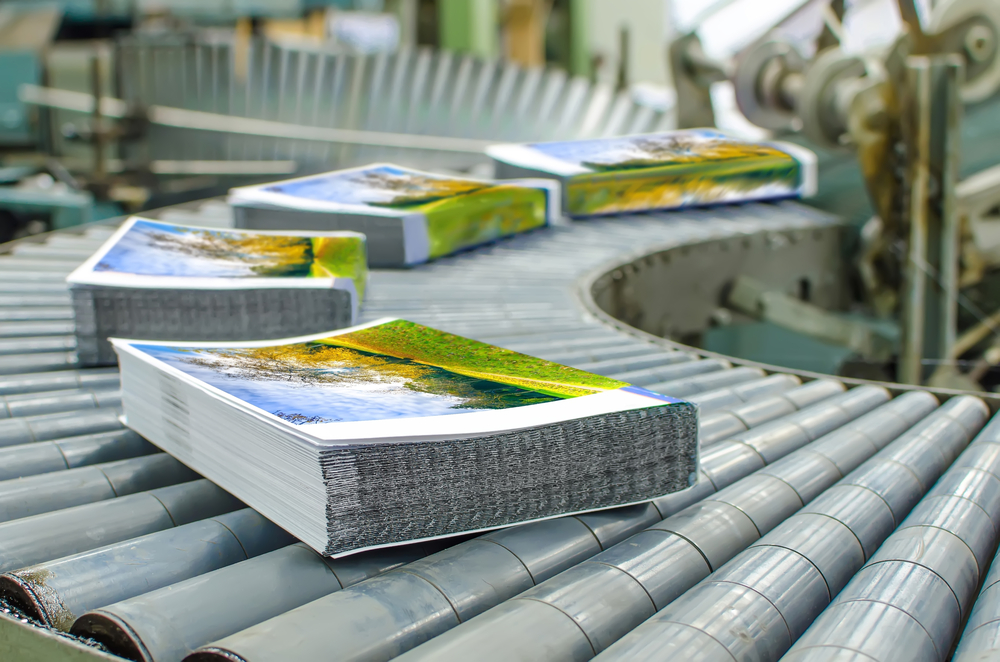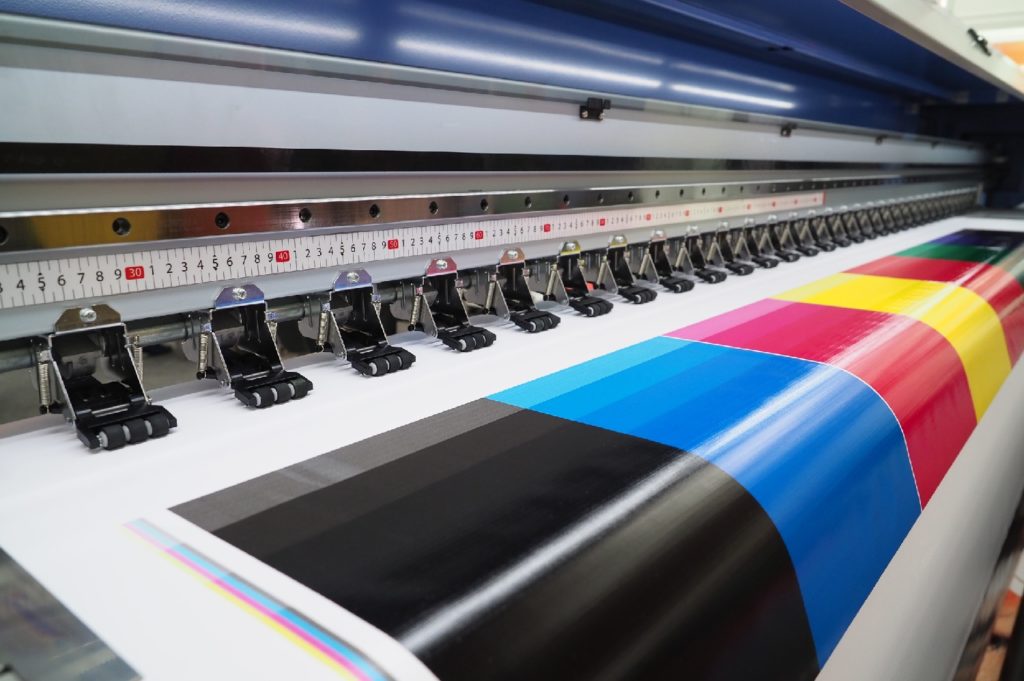While it might seem like the 1500s were the biggest time for innovations in the printing industry considering the advent of the printing press, newer technologies prove that the 2024s will be the decade that traditional paper media like the printing and publishing industries are bound to see changes.
With the fast incorporation of 3D printers, bio-inks and paper, improved efficiency and end-product qualities around the world, the forecasts of increased productivity in the sector look promising and there are no signs of stoppage.

Demand-Driven Changes In the Printing Industry
One of the more non-standard changes in printing is the transitioning from B2C to B2B customers.
This, of course, makes sense since advances in technology make printing ever so cheaper and at the same time with the increase in usage of digital mediums, the need for printed media is dropping in the B2C segment.
The reasons why B2B is growing are threefold. Firstly, even though online channels are growing and becoming stronger and thus providing more enticing big advertising and sale opportunities, businesses are still turning more to the traditional printed media as they often perceive it as more valuable. And although the advantages of digital media, printed media conveys quality much easier than freely accessible online content. It is also tangible, and it engages the customers in a different way. Secondly, B2B relationships can be nurtured more easily than B2C and have a higher potential for repeated large volume orders no matter what niche they come from. Lastly, it is often easier to present printed media at exhibitions and fairs which is a big advantage to B2B companies who are often the core group of organizing such events.

Changes in Demands for Prints in the Heavy Industry
This change from B2C to B2B is also very prevalent in businesses that cater to the heavy industry. As an example, control panel overlays are a printing product used in many different industries and applications, like electronics and instrumentation in the medical, marine or security industry, vendor machines, construction machinery and audio sound systems. With new and more modernized machinery, a higher focus on worker safety and an increase in concerns about environmental preservation, there are higher and more strict requirements on how control panels should be labeled. Click here to learn more about control panel graphic overlays.
To ensure this process is up to standard and compliant, digitally printed machine interface graphic overlays come to the rescue. Control panel overlays are practically screen- or digitally printed layers of plastic (or similar material) that are applied to the face of the control panel. These graphical overlays have a certain level of interactivity and can either include buttons or have cut out areas for buttons, switches and screens so the panel can be placed around them. While HMI control panel overlays have been in the market from the very beginning of the industrial revolution, nowadays these graphical panel overlays provide a very high level of customization and are often adjusted to the client’s exact specifications.

Allows for More Independent Operations throughout the Supply Chain
Being able to customize the panels themselves, business have more freedom in that they do not have to strictly rely on the machine producer to cover all aspects of their needs. The business can, with the help of a designer, add text or color to facilitate the user and improve workflow and workplace safety. Additionally, as heavy industry machine producers are imposed with more rules from government organizations, they are already looking into providing compliant panels that guide the users throughout the process of working with the machine.
Furthermore, because of important qualities and specifications, some control panel overlays come with additional conditions that have to be met which are usually dictated by the environment and the customers’ priorities. Such could be the more utility-based features like the ability to withstand volatile weather or chemical or flame resistance. Others offer protective features on the more cosmetic side like UV and abrasion resistance.
This makes the panel long lasting which is of extreme importance in industries where the panels often get damaged or tainted or come in contact with harmful chemicals which then causes further deterioration. These tainted panels then, in turn, require more frequent treatment and cleaning, which can not only increase the operational expenditures for the company but also cause a temporary halt on productions further increasing costs. Additionally, the frequent treatment of the panels can cause accelerated erosion and result in unplanned costs of replacement.

The Hidden Cost in Manufacturing Panels
However, having appliances labeled directly by the manufacturer also comes with a hidden cost. Because of the possible complications throughout the supply chain, producers are often willing to calculate in an additional margin to the end price of the products considering the additional costs throughout the process of labeling the machines.
If a comparison is to be made on the price of self-managed graphic overlays to the alternative of having the machine manufacturer customize the instruments they produce, the difference would be staggering as it often turns out the application process is more cost-effective when done in-house.
Conclusion
As it turns out, graphic overlays are a more affordable choice for most businesses. Traditional panel covers use materials that are much more costly, difficult to replace and are potentially more harmful for the environment and workers. In comparison, printed overlays offer simplicity in the application process by only requiring the application of adhesive in order to be utilized, meaning customizing machinery panels can be done more often and use to optimize work processes or simply maintain the appearance of the machinery.





